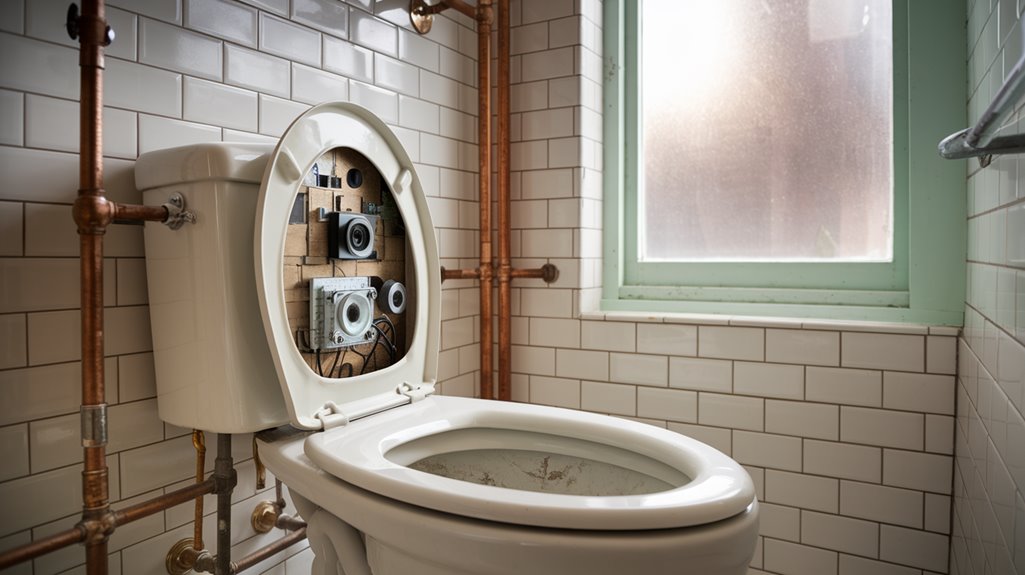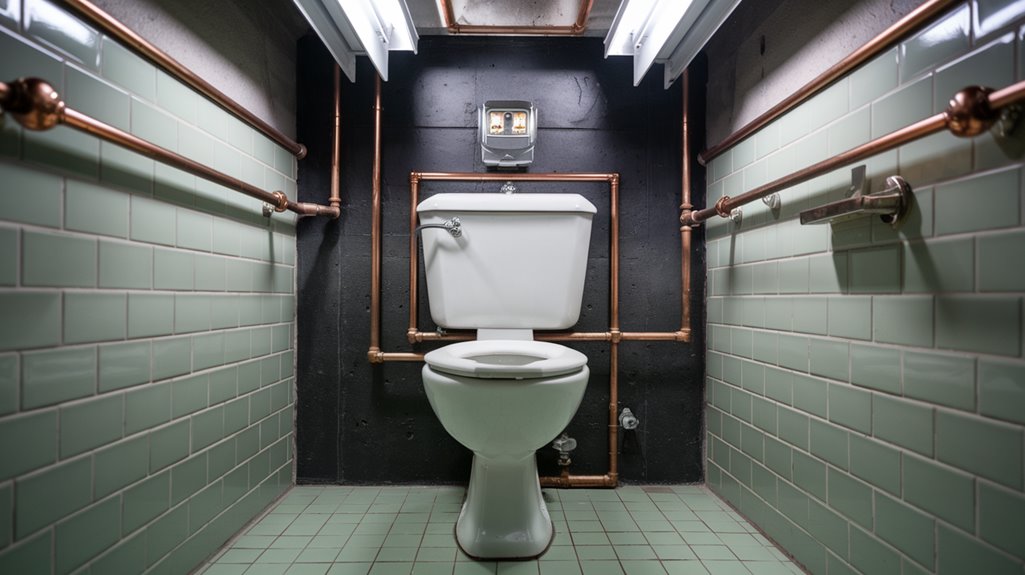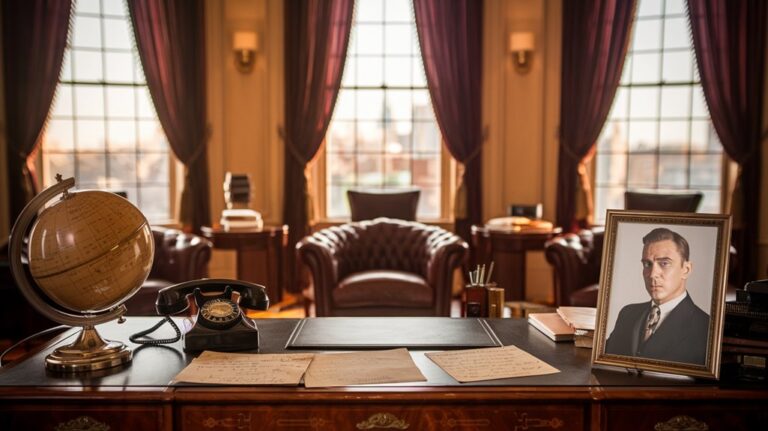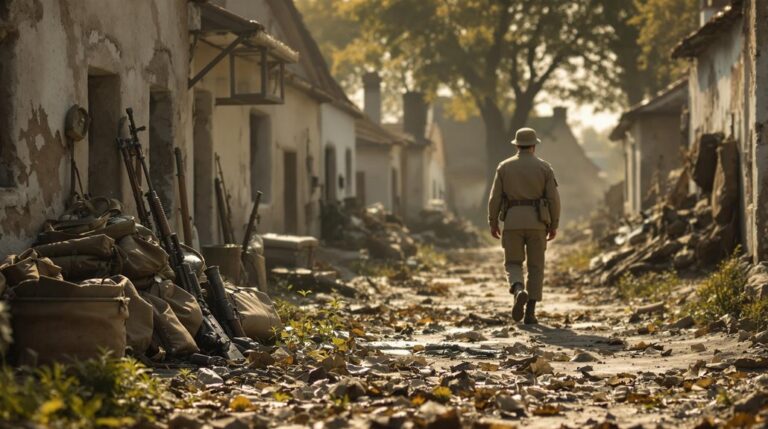When Toilets Betrayed Us: The Bizarre Cold War Secret
You've probably never imagined that a shortage of toilet paper could compromise national security, but that's exactly what happened during the Cold War. When Soviet troops couldn't find proper bathroom tissue, they turned to the next available option: classified military documents. This desperate solution created an unexpected opportunity for Western intelligence agencies, who soon discovered that some of their most valuable information came not from high-tech surveillance or undercover agents, but from simple waste bins.
The Secret Operation That Started in the Bathroom
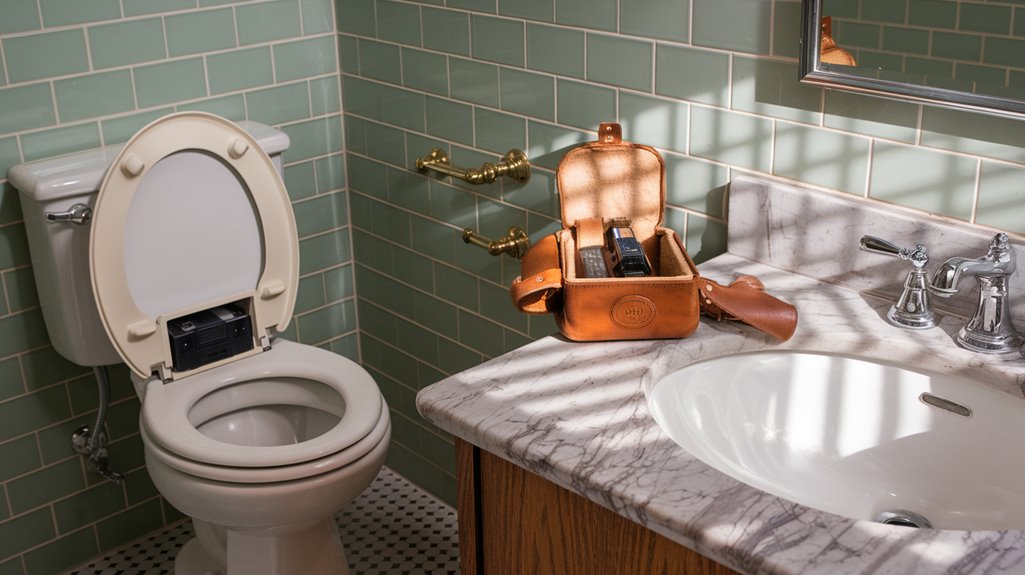
During the Cold War, one of the most successful intelligence operations began with an unlikely source: toilet paper.
What started as routine bathroom espionage turned into Operation Tamarisk, a covert operation that proved invaluable for Western intelligence agencies. You might wonder how toilet paper could yield classified information, but the answer lies in Soviet military practices.
Due to paper shortages, Soviet troops often used official documents as makeshift toilet paper, inadvertently creating a goldmine of intelligence. Similar to how lost nuclear documents threatened national security during Wheeler's train incident in 1953, these discarded papers revealed sensitive Soviet information.
U.S., British, and French operatives would retrieve these discarded documents from waste sites, along with hospital refuse containing Soviet military technology fragments. This technique was similar to how Canadian reporter George Brimble uncovered the existence of the Diefenbunker by discovering 78 toilets that indicated a much larger capacity than officially claimed.
This unconventional approach to gathering intelligence was so effective that it became one of the most closely guarded secrets of the Cold War, providing Western powers with surprisingly reliable information about their Soviet adversaries.
How Toilet Paper Shortages Changed Intelligence Gathering
While the Soviet Union poured resources into military spending, its failure to provide basic necessities like toilet paper created an unexpected intelligence vulnerability. The massive resource diversion to military needs left Soviet soldiers with no choice but to use classified documents for hygiene purposes.
British intelligence capitalized on this oversight through Operation Tamarisk, where spies would search through Soviet latrines and training sites in East Germany. During early morning hours, they'd sift through discarded materials, uncovering valuable intelligence about troop movements, military strategies, and secret codes. The first Soviet toilet paper factory wasn't established until 1969, highlighting the regime's misplaced priorities. Intelligence teams also collected medical evidence from hospital waste sites to analyze Soviet military casualties.
The operation proved remarkably successful, as Soviet soldiers regularly disposed of sensitive documents containing ciphers and intelligence briefings.
What started as a basic supply chain failure transformed into a significant security breach, providing NATO forces with essential insights into Soviet military operations.
From Waste Bins to War Rooms: Key Discoveries
Despite their unconventional methods, Western intelligence agents uncovered a treasure trove of Soviet military secrets through Operation Tamarisk's waste bin investigations.
What you might find shocking is how this simple intelligence exploitation of poor waste disposal practices revealed critical information about Soviet military capabilities.
The Corona satellite program provided additional surveillance capabilities that complemented these ground-level intelligence gathering efforts.
You'd be amazed to learn that these waste bins contained evidence of Soviet troops receiving treatment for severe combat wounds, including chemical warfare injuries, in East Germany.
The West could even analyze recovered amputated limbs to study Soviet shrapnel types. This goldmine of information helped analysts assess the USSR's ability to sustain their Afghanistan campaign.
The operation's success stemmed from its reliability – the Soviets never suspected their garbage could betray their secrets, making it one of the Cold War's most effective intelligence-gathering missions.
The lack of proper toilet paper supplies forced Soviet soldiers to use classified documents for personal hygiene, inadvertently creating this intelligence vulnerability.
Strange Tales of Stool Sample Surveillance
As the Cold War's espionage tactics grew more sophisticated, intelligence agencies turned to an unlikely source of information: the bathroom.
You might be surprised to learn that toilet espionage became a serious intelligence-gathering method, with agencies modifying plumbing systems to collect world leaders' waste for health analysis.
The KGB installed special toilets for visiting dignitaries like Mao Zedong, while French spies dismantled hotel plumbing to analyze Brezhnev's samples during his Copenhagen visit.
Even classified documents weren't safe – Soviet officers often used them as toilet paper, which Western intelligence would later recover and examine.
Modern surveillance continues this focus on waste analysis, as seen in South Sudan where stool adequacy rates are carefully tracked to monitor potential polio outbreaks. Today, healthcare facilities in Canada require private room isolation for suspected polio cases to prevent transmission.
These peculiar surveillance methods aimed to predict leadership changes and their potential impact on international relations, though their effectiveness remained questionable.
It's just one example of how far intelligence agencies would go to gain an edge.
The Legacy of Cold War Bathroom Intelligence
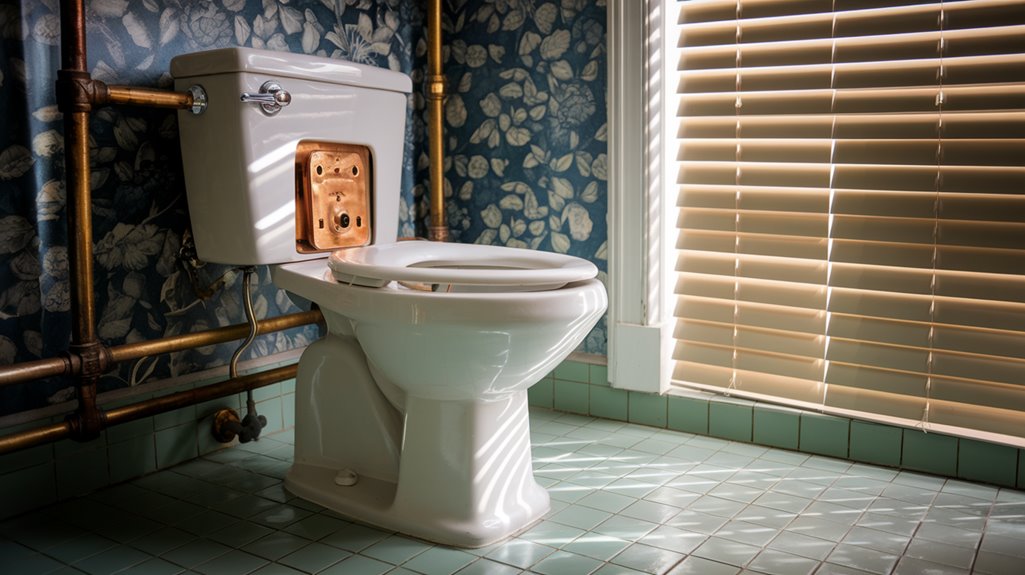
Through the years following Operation Tamarisk, Cold War bathroom intelligence evolved into a demonstration of human ingenuity in espionage.
You'll find that what began as a desperate search through discarded materials transformed into a sophisticated system of gathering vital information from unlikely sources. The operation's examination of food scraps and letters yielded crucial insights into Soviet military activities. Former British spy Dave Butler utilized quick stealth tactics when retrieving sensitive materials during operations.
The impact of bathroom espionage went far beyond its unsavory origins. When intelligence agencies discovered they could extract valuable data from covert materials like used toilet paper and hospital waste, they revolutionized their approach to information gathering.
The success of these unconventional methods influenced future operations, proving that significant intelligence could come from the most unexpected places. Just like Brixmis agents who posed as bird watchers, Operation Tamarisk's legacy shows how creativity and resourcefulness became essential tools in the Cold War intelligence arsenal.

